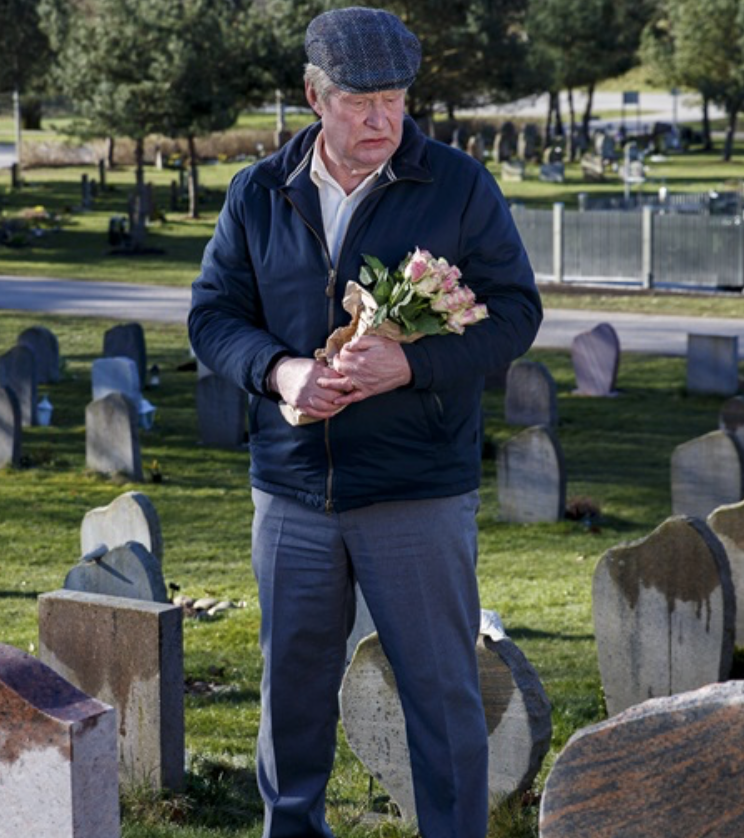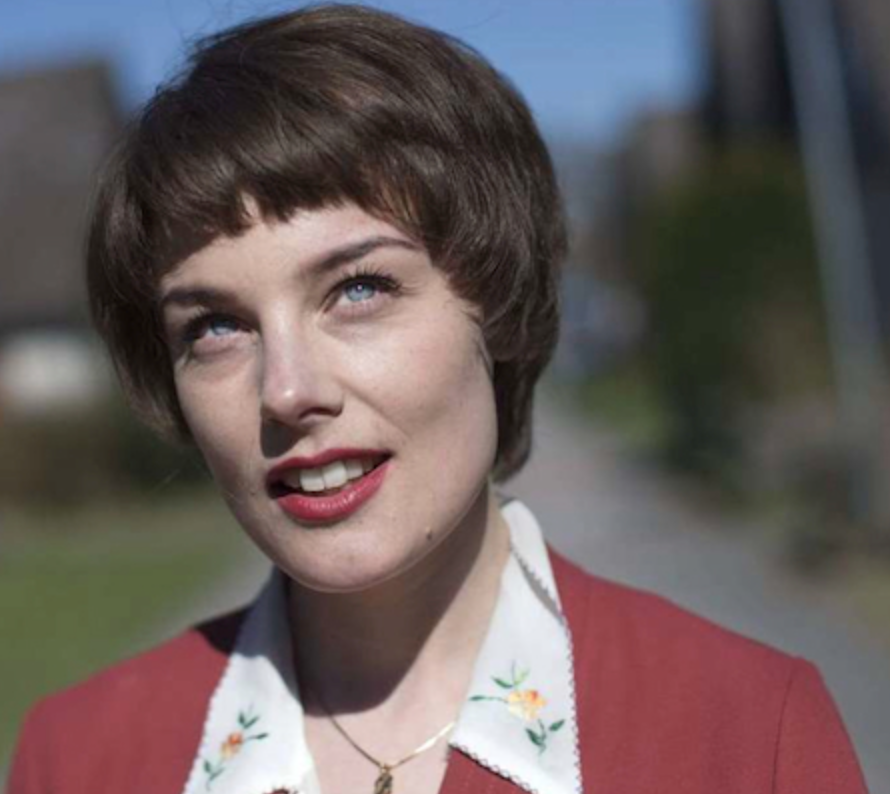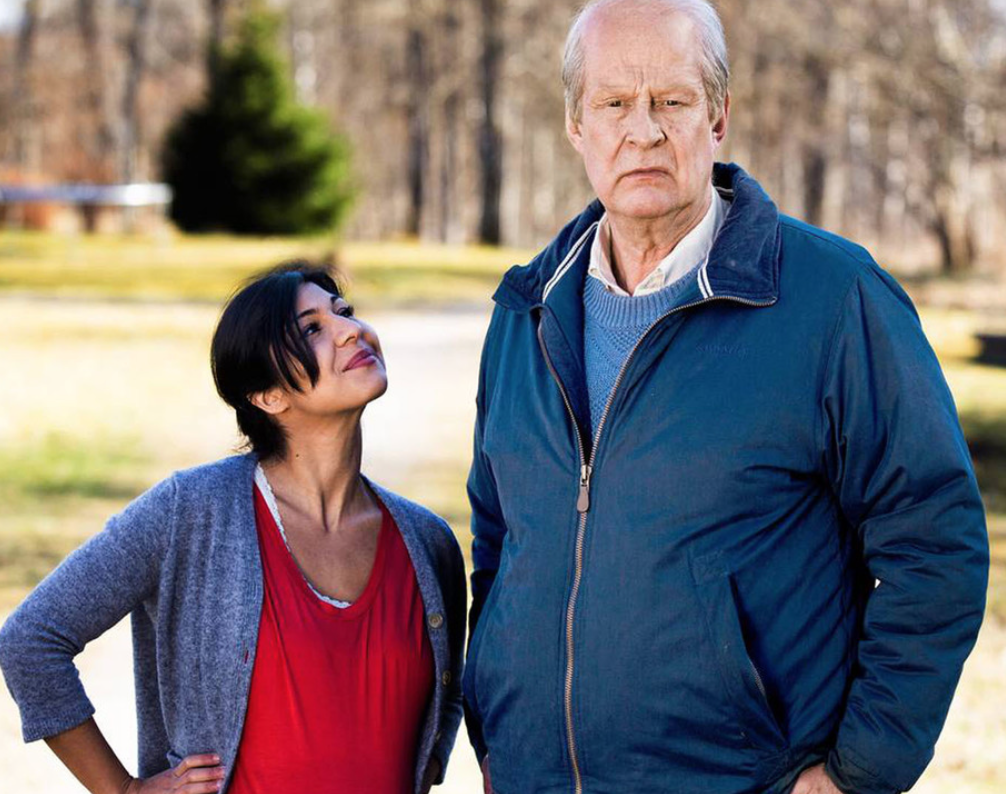 It’s a good thing that “A Man Called Ove,” writer/director Hannes Holm’s Swedish import about an aging widower who finds new reasons to live, wasn’t made in America. Next to hookers with hearts of gold, grumpy senior citizens are Hollywood’s go-to cliché; no fewer than Shirley MacLaine, Christopher Plummer, and Jack Nicholson have been felled by such two-dimensional roles. But Ove is something different – something deeper and more complex. This is partly because, well, he’s Swedish – the Swedes do tortured and deep very well; hello, Ingmar Bergman! – and partly because this character already was so richly formed in the pages of Fredrik Backman’s eponymous international bestseller.
It’s a good thing that “A Man Called Ove,” writer/director Hannes Holm’s Swedish import about an aging widower who finds new reasons to live, wasn’t made in America. Next to hookers with hearts of gold, grumpy senior citizens are Hollywood’s go-to cliché; no fewer than Shirley MacLaine, Christopher Plummer, and Jack Nicholson have been felled by such two-dimensional roles. But Ove is something different – something deeper and more complex. This is partly because, well, he’s Swedish – the Swedes do tortured and deep very well; hello, Ingmar Bergman! – and partly because this character already was so richly formed in the pages of Fredrik Backman’s eponymous international bestseller.
On the topic of what makes a good adaptation, Holm has said:
My task as a director is to, like a thief, steal the story out of the book and make a film of it. So when I began shooting, after I had read it one hundred more times than anyone will ever do, I set it aside to focus on the production.
Whatever he did, it worked. It helped that he cast his titular character so wisely. Usually, when more than one actor depicts a person over the course of his life, the essence gets lost. But Rolf Lassgård as present Ove, Filip Berg as young adult Ove, and Viktor Baagøe as boy Ove thread together beautifully, with each performer nailing the character’s core conflict between kindliness and rigid self-righteousness.
Technically, this story cleaves to a very conventional story arc: Six months after his wife dies of cancer, fifty-nine-year-old engineer Ove decides to kill himself but can’t pull it off. He fails in shooting himself. He’s interrupted when he tries to gas himself in the car. Even the rope with which he tries to hang himself breaks, and Ove’s such a lifelong pisser that he abandons his suicide attempt to return the inferior product to the store.
In between failed efforts at ending his life, the retiree occupies himself by visiting the grave of his late wife, Sonja (Ida Engvoll, who boasts the looks and self-possession of such vintage Swedish movie stars as  Ingrid Bergman and Anita Ekberg) and prowling his housing complex for residential transgressions.Only his pregnant Iranian neighbor, Parvaneh (Bahar Pars, whose commonsensical performance is a standout), can coax him out of high dudgeon, mostly by placing demands upon him he can’t refuse.
Ingrid Bergman and Anita Ekberg) and prowling his housing complex for residential transgressions.Only his pregnant Iranian neighbor, Parvaneh (Bahar Pars, whose commonsensical performance is a standout), can coax him out of high dudgeon, mostly by placing demands upon him he can’t refuse.
More than most films about hardened people, this one does an admirable job of showing that we always have a choice about whether to shut down – that life is a mixture of circumstances and our responses to them. We learn in flashbacks that Ove has had an undeniably hard life but also that he benefited from deeply loving parents and a radiant, wonderfully kind wife. Though he’s a curmudgeon, something equally kind within him responds to people like no-nonsense Sonja and Parvaneh. This is especially true when they provide him with a task, whether it’s “ask me out on a date” or “teach me how to drive.” We all know people like this man, people who’d prefer to show rather than tell, people with a powerful need to make sure jobs are done well. They are usually wonderful if difficult. Certainly in the case of Ove, there are advantages to his priggishness: His profound sense of fairness leads him to adopting an abused cat and to fixing his wife’s former student’s bicycle, which in turn leads him to housing that student’s gay friend when his family rejects him for coming out. In this way, the grouch builds a community despite himself.
A lot of Ove’s suicidal impulses stem from how much he misses Sonja but it’s of note that we first see him try to commit suicide after he leaves his job. This is a man with a profound need to Be of Use, and it seems the universe is not interested in letting him die until he understands that he is useful – and, really, lovable – to more people than just his late wife. The tragedy, it seems to suggest, is not death itself so much as a life ended with unfinished lessons.
Holm’s filmwork is unobtrusive, even crisp, which makes this narrative moving rather than saccharine, and cinematographer Göran Hallberg’s  use of light reads as poetic rather than coercive. Best, a clickety-clack repetition of Ove’s routines helps track the man’s evolution without any soppiness. A poker-faced humor presides that is profoundly Swedish, as is the use of color. The country is known for utilizing very bright pastels to punctuate the profound darkness of their winters, and Holm’s palette follows suit, with red suits and canary couches punctuating the visual gloom mirroring our hero’s depression. Even the rope Ove uses in his suicide attempt is a surprisingly gorgeous turquoise blue. This is a movie, Holm seems to be saying, and so we should enjoy ourselves while accessing the feelings about mortality and loss that are too painful to address in our regular lives. This film about the human condition, that most Swedish of topics, is like Ove itself – brisk, bemused, and deeply loving.
use of light reads as poetic rather than coercive. Best, a clickety-clack repetition of Ove’s routines helps track the man’s evolution without any soppiness. A poker-faced humor presides that is profoundly Swedish, as is the use of color. The country is known for utilizing very bright pastels to punctuate the profound darkness of their winters, and Holm’s palette follows suit, with red suits and canary couches punctuating the visual gloom mirroring our hero’s depression. Even the rope Ove uses in his suicide attempt is a surprisingly gorgeous turquoise blue. This is a movie, Holm seems to be saying, and so we should enjoy ourselves while accessing the feelings about mortality and loss that are too painful to address in our regular lives. This film about the human condition, that most Swedish of topics, is like Ove itself – brisk, bemused, and deeply loving.
This was originally published at Signature.
